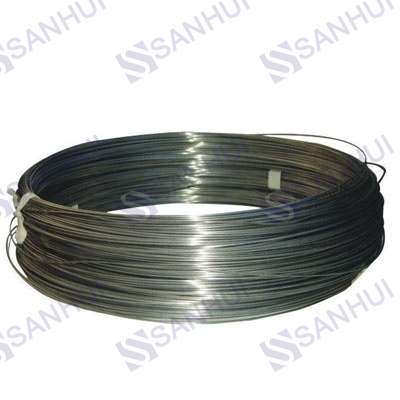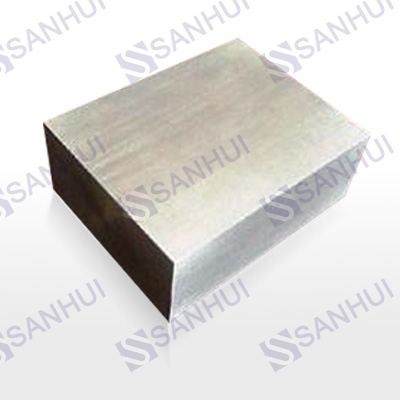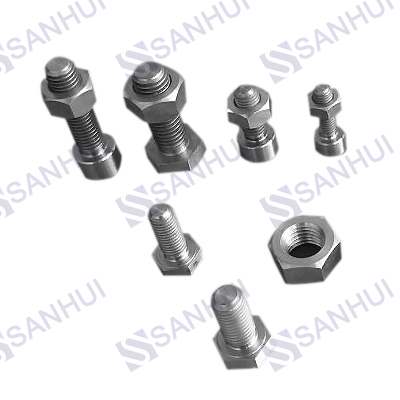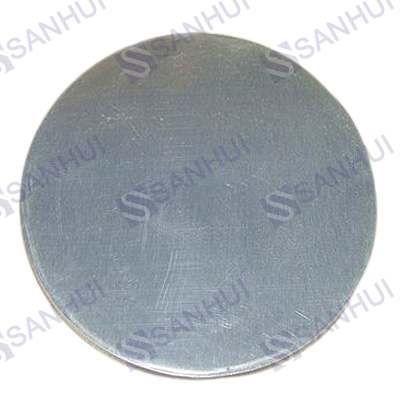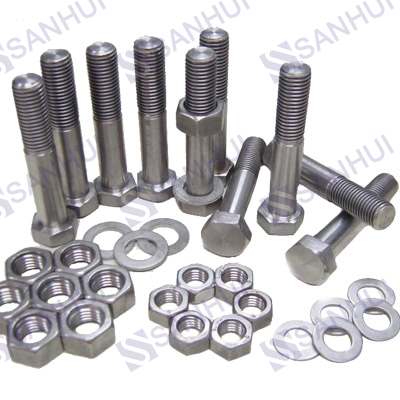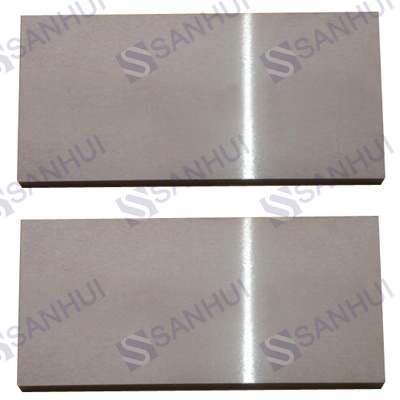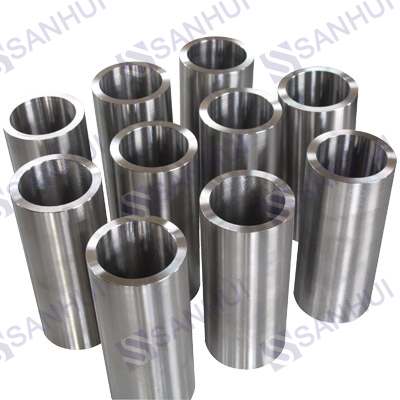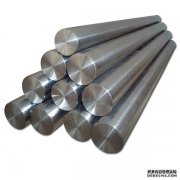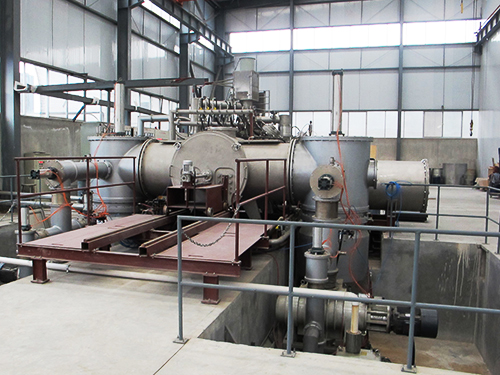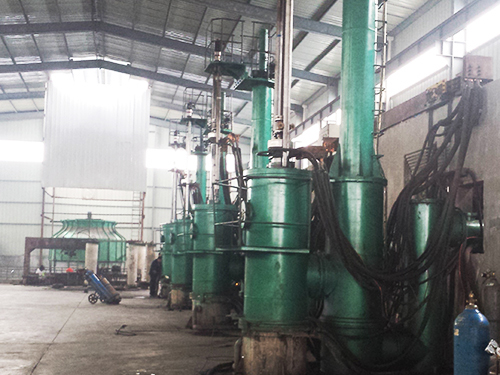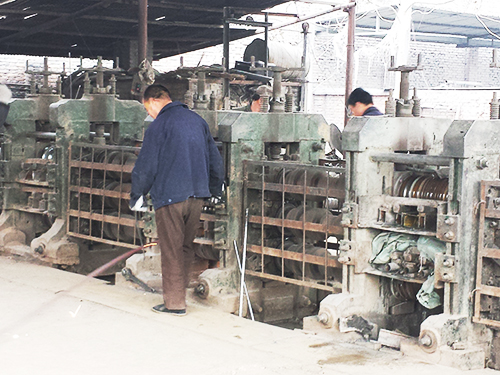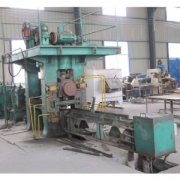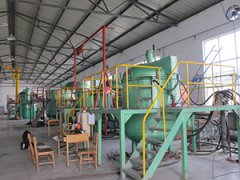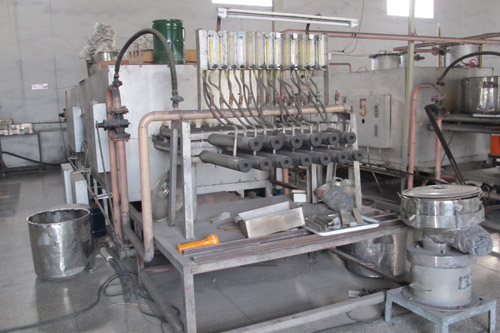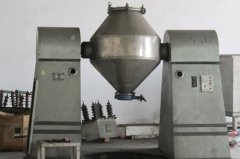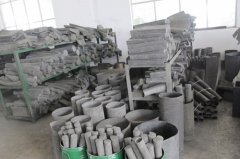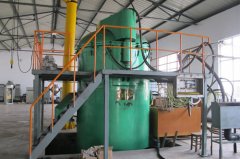The high temperature corrosion resistance of nickel alloy is very important in industry. For example, they have very good oxidation resistance, which is superior to iron based and cobalt based alloys.
High temperature corrosion forms include oxidation, carbonization, metal pulverization, vulcanization, nitriding, halogen corrosion and molten salt corrosion.
Test proof: The degree of oxidation erosion will be more and more serious with the increase of temperature. When the temperature is higher than 980 degrees, the volatile CrO3 is formed, and the protective performance of the Cr2O3 oxide layer decreases. The temperature decreases periodically to room temperature has a great influence on the degree of oxidation, because the oxide scale can be peeled off.
Carbonation refers to the presence of carbon containing gases, such as CO, CO2, CH4, and other hydrocarbons, carbon enters into the metal and forms various forms of carbides with alloying elements. Carbonization is different from other high temperature corrosion, the formation of internal carbide will lead to deterioration of the metal, brittle or even broken. If the processing conditions vary between carbonation and oxidation, the chromium in the nickel alloy is oxidized and carbonized in an alternating manner.




